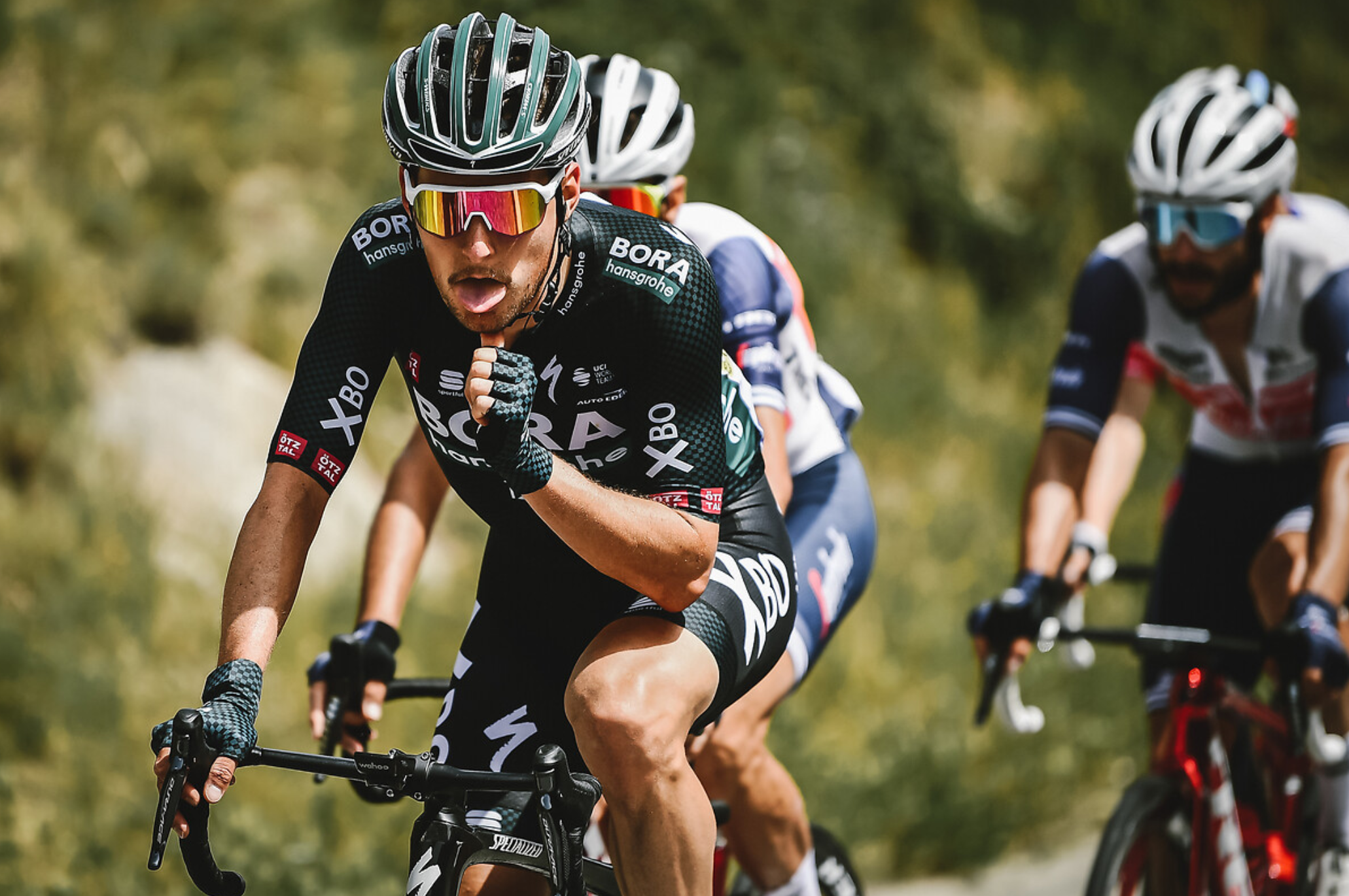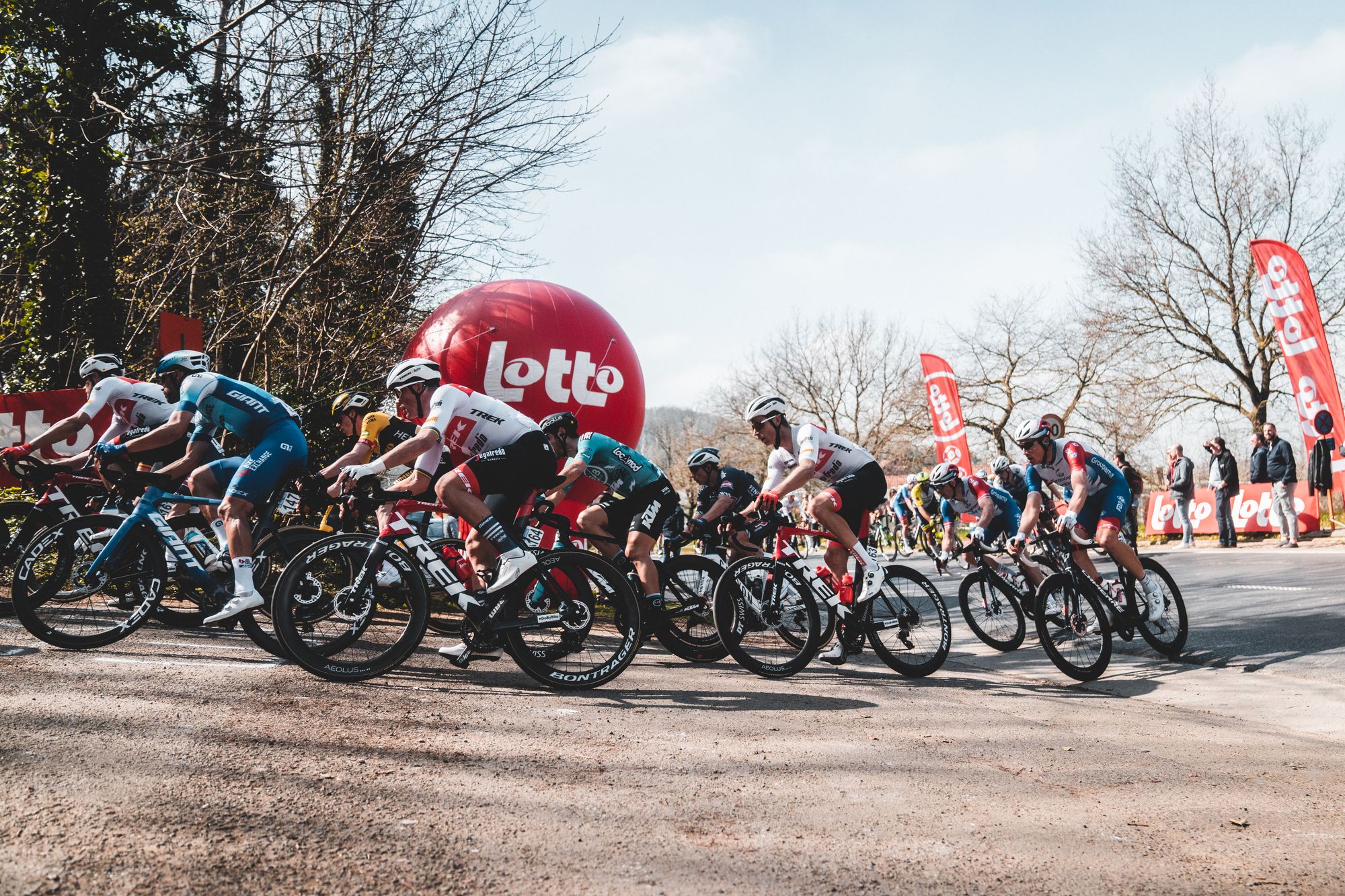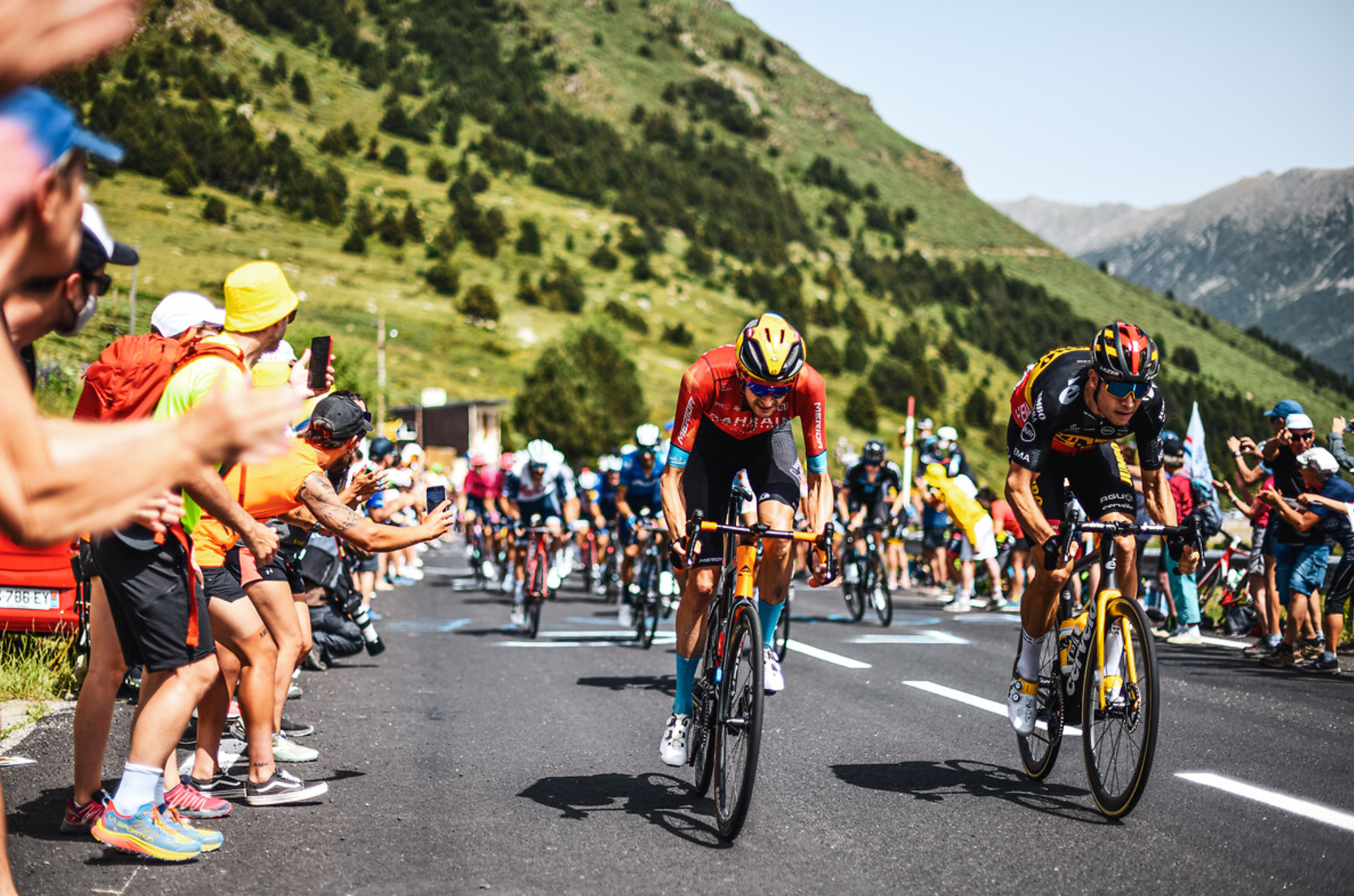What's the purpose of a breakaway in cycling?

The breakaway is a fundamental aspect of professional cycling. While we describe what a breakaway is in the following post we'll dig into potentially why a break is used by teams at all.

Break Formation
In a multi day race, the peloton behind with potential general classification contenders may only give the break a gap up to (and usually with a buffer) the amount the virtual GC leader is ahead by.
So if rider A is in first by six minutes, his team would only allow the break in front around five and a half minutes between them such that there would never be a chance for anyone from the break have a chance at securing a GC position.
This is why it's so hectic sometimes when the break forms as teams are trying to figure out who are "allowed" candidates to be able to go into the break and who are not. It's also why you'll see riders drop tons of time in the initial stages of multi day races. They want to indicate to the peloton they're not going for a GC position, and should be allowed in the break. Still doesn't mean they'll be let in one 🙃

Forcing a Pace
Once a team has a rider in the break they can "force" a pace by playing the with edge of what is allowed in term of a gap between them and a peloton. Stretch that gap too far and the peloton will have to work to catch up and maintain the "ideal" breakaway gap size.
If a team has a rider in the break they can also slow down the break by refusing to take pulls on the lead of the breakaway group. This essentially causes the break to wither and slow down, and is especially useful if a team wants a GC battle nearer the end of the race (as the peloton will most likely catch the break).
A Chance for a Win
The team's GC candidate doesn't have to win every stage to win the week or multi week race. It's often the case teams will want to win multiple stages for sponsors, or UCI points and the break is a great way to have the chance to do that.
While breaks are winning less and less these days due to the sheer intensity of modern cycling, they still do manage to pull out the win a lot.
TV Coverage
You'll often see lower level teams in the break (think Pro level teams at World Tour level races) in the break to get their name out their to the public and also for television coverage.
Younger riders may also go in the break to gain experience on how to actually land themselves in the break, and realize the full intensity of what it means to ride in a break as well.
The Drop Back
Having a rider in the break also allows for the team to drop back the rider from the break instead of having them try to catch up to another of the team's rider at a certain position.
Say rider A is the GC leader for a team, is starting an attack from the peloton and needs support. At that point in the race all of rider A's teammates may be behind him in the race and would have to work to get back to him. And if you've been on a long bike ride you will know it's not always easy to get back to the front of a group.
But if the team had a rider in the break ahead they could have him stop (you can't legally go backwards on a course) and wait for rider A to support him in his GC attack. This occurred in the 2022 Tour de France when Wout van Aert, who was in the break, waited for Vingegaard to support his attack against Pogačar.
Simply put, having a rider in the breakaway gives the team options from a tactical perspective and also gets their presence known by fans and sponsors alike.
